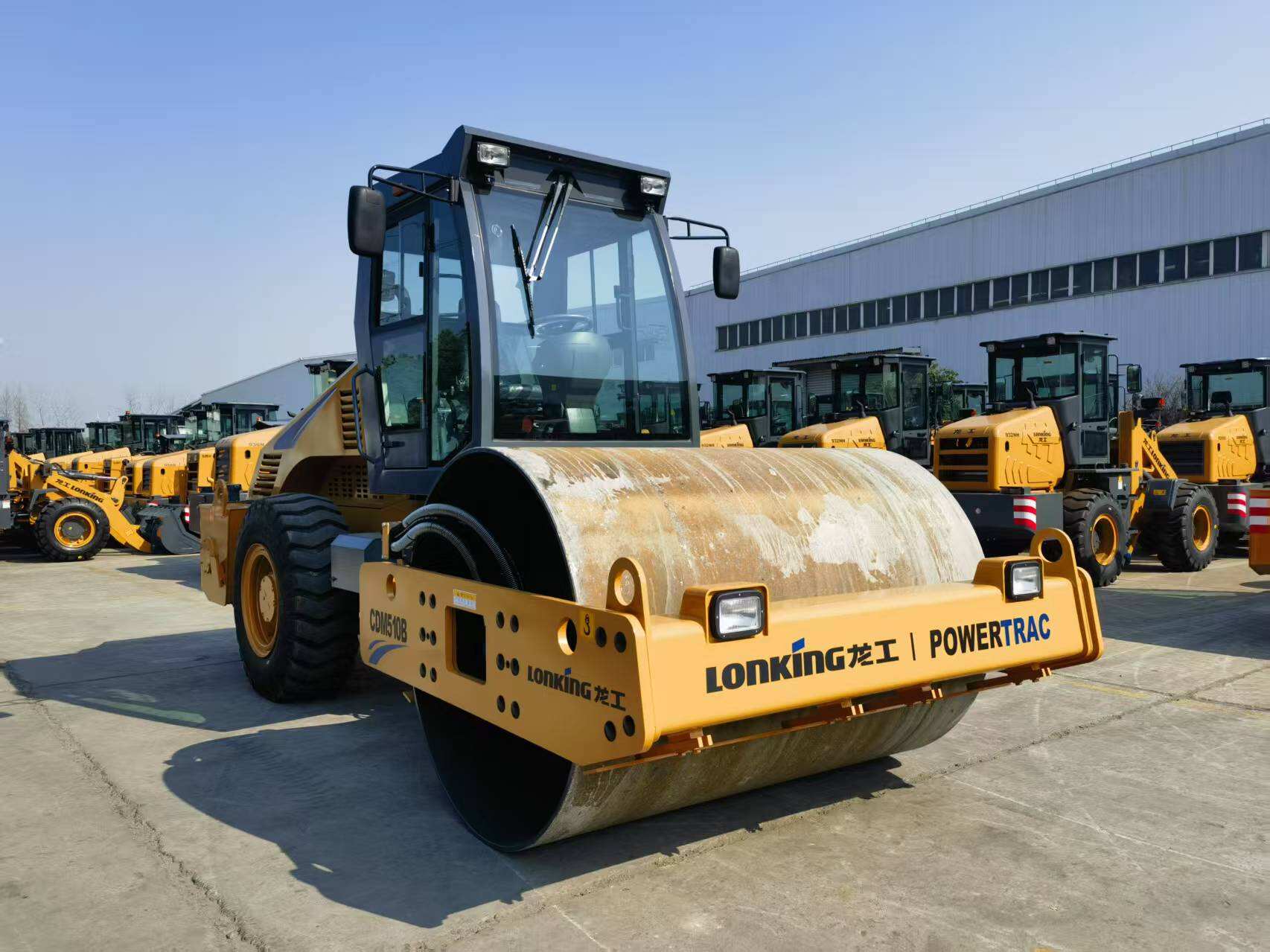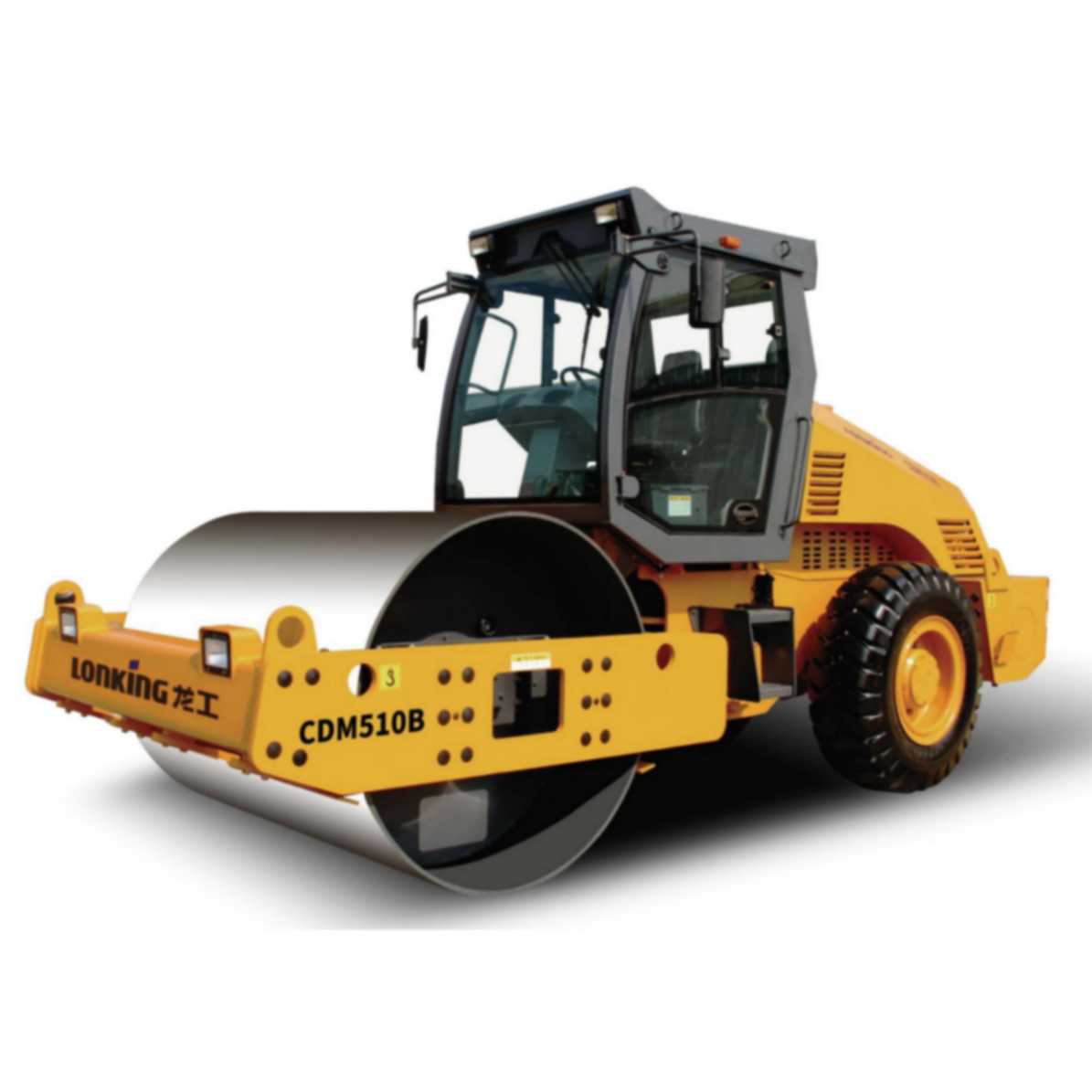Maximizing Soil Densification Through Advanced Compaction Techniques
The success of any construction project heavily relies on proper soil compaction. Achieving optimal compaction efficiency not only ensures structural stability but also prevents costly repairs and maintenance in the future. Understanding how to properly optimize speed and passes during the compaction process is crucial for construction professionals seeking to deliver high-quality results while maintaining project timelines and budgets.
In today's construction landscape, the demand for superior compaction efficiency has never been higher. Projects face increasing pressure to meet strict specifications while minimizing equipment operating costs and environmental impact. This comprehensive guide explores the essential factors and techniques that contribute to achieving maximum compaction efficiency through optimized speed and passing patterns.
Essential Parameters for Optimal Compaction Performance
Speed Control and Its Impact
The relationship between roller speed and compaction efficiency is fundamental to achieving desired results. Operating at the correct speed ensures that sufficient energy is transferred into the material being compacted. Generally, slower speeds allow for better energy transfer and more thorough compaction. For most applications, maintaining speeds between 2.5 and 4 mph provides the best balance between productivity and compaction efficiency.
When rollers move too quickly, they tend to bounce or skip across the surface, resulting in inconsistent compaction and potential bridging between properly compacted areas. Conversely, extremely slow speeds may lead to over-compaction in certain spots, potentially causing material degradation or reducing overall productivity without significant density gains.
Determining Optimal Number of Passes
The number of passes required for maximum compaction efficiency varies depending on several factors, including material type, lift thickness, and moisture content. Most materials reach their maximum density within 4-8 passes, though this can vary significantly based on specific conditions. It's crucial to perform test strips to determine the optimal number of passes for your particular situation.
Monitoring density readings throughout the compaction process helps identify when additional passes no longer provide meaningful density improvements. This point, known as the "refusal point," indicates when further compaction efforts become counterproductive and waste resources.
Advanced Techniques for Enhanced Compaction Results
Pattern and Coverage Strategies
Implementing effective rolling patterns is crucial for achieving uniform compaction across the entire work area. The most effective patterns typically involve overlapping passes by 6-12 inches, ensuring complete coverage without missing any spots. Systematic approaches, such as the "parallel" or "racetrack" patterns, help maintain consistent coverage while maximizing compaction efficiency.
Modern compaction equipment often comes equipped with intelligent compaction systems that help operators maintain proper overlap and track coverage in real-time. These systems can significantly improve consistency and reduce the likelihood of missed areas or excessive passes.
Equipment Selection and Configuration
Choosing the right compaction equipment and properly configuring it for specific applications greatly influences overall efficiency. Factors such as drum width, operating weight, and vibration settings must be carefully considered. For example, larger drums may cover more area per pass but might not be suitable for confined spaces or when working with certain material types.
Vibration frequency and amplitude settings should be adjusted based on material characteristics and lift thickness. Higher amplitudes are typically more effective for thick lifts and granular materials, while lower amplitudes work better for thin lifts and more cohesive materials.

Environmental and Material Considerations
Moisture Content Management
Proper moisture content is critical for achieving maximum compaction efficiency. Too little moisture prevents proper particle rearrangement, while excess moisture can lead to instability and reduced density. Regular moisture testing and adjustment help maintain optimal conditions throughout the compaction process.
Weather conditions can significantly impact moisture content and, consequently, compaction efficiency. Planning work during favorable weather conditions and implementing proper moisture control measures helps maintain consistent results.
Temperature Effects and Timing
Material and ambient temperatures play crucial roles in compaction efficiency, particularly when working with asphalt or temperature-sensitive materials. Understanding how temperature affects workability and compaction characteristics helps determine optimal timing for compaction operations.
In cold weather, materials may cool too quickly, reducing the window of opportunity for effective compaction. Conversely, extremely hot conditions might require adjustments to prevent material pickup or excessive displacement during compaction.
Quality Control and Performance Monitoring
Density Testing and Documentation
Regular density testing throughout the compaction process provides valuable feedback on efficiency and effectiveness. Modern nuclear density gauges and non-nuclear alternatives offer quick, accurate measurements to verify that specified density requirements are being met.
Maintaining detailed records of test results, including locations, readings, and environmental conditions, helps identify patterns and optimize procedures for future projects. This data also provides valuable documentation for quality assurance purposes.
Technology Integration and Automation
Advanced technology solutions, such as GPS-guided systems and intelligent compaction monitors, provide real-time feedback on compaction efficiency. These tools help operators maintain consistent speed, pattern, and coverage while documenting results for quality control purposes.
Automated systems can adjust vibration parameters based on material response, ensuring optimal energy transfer and preventing over-compaction. This technology-driven approach helps achieve maximum compaction efficiency while reducing operator fatigue and human error.
Frequently Asked Questions
What is the ideal speed for most compaction operations?
The ideal speed typically falls between 2.5 and 4 mph for most compaction operations. This range allows for optimal energy transfer while maintaining productive coverage rates. However, specific conditions and materials may require adjustments to this general guideline.
How can I determine when additional passes are no longer beneficial?
Monitor density readings between passes using appropriate testing equipment. When consecutive passes show minimal or no increase in density (typically less than 1%), you've reached the point of diminishing returns. This is often referred to as the refusal point.
What role does intelligent compaction technology play in optimizing efficiency?
Intelligent compaction systems provide real-time feedback on coverage, density, and material stiffness. They help operators maintain consistent patterns, optimize speed and vibration settings, and document compaction results. This technology can significantly improve overall efficiency and quality control while reducing the risk of under or over-compaction.

